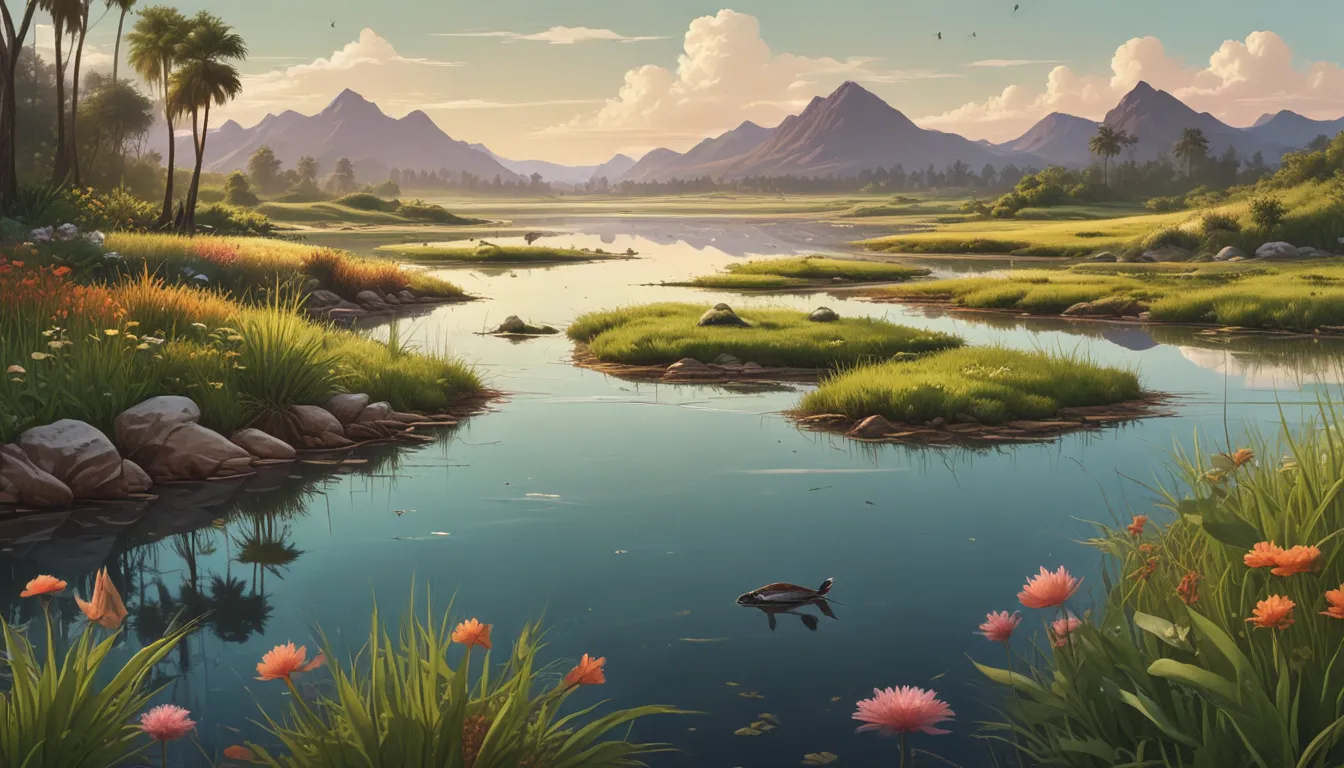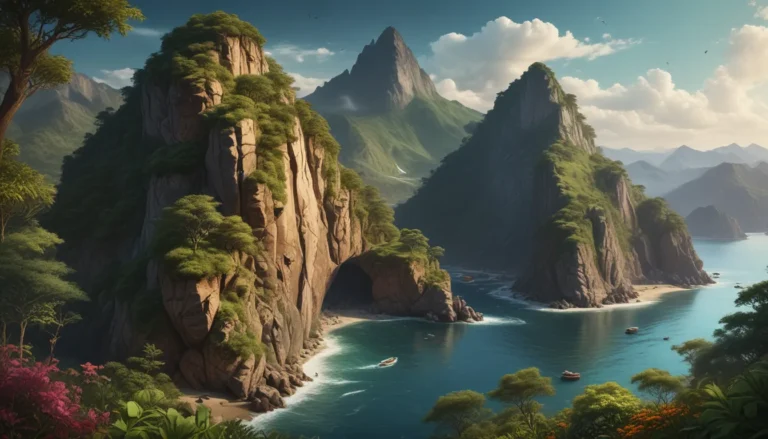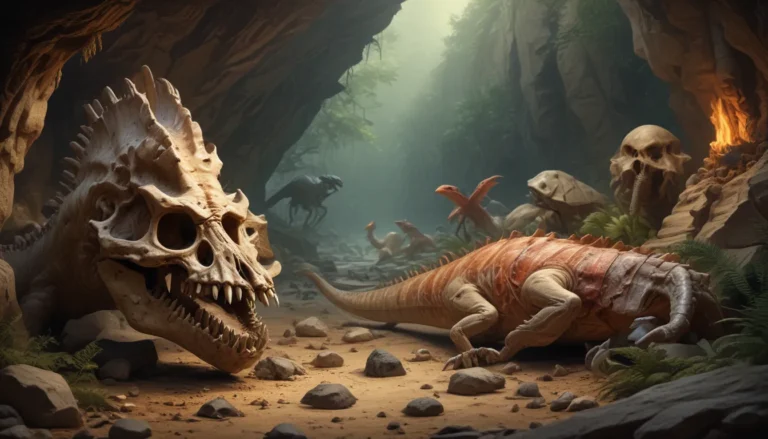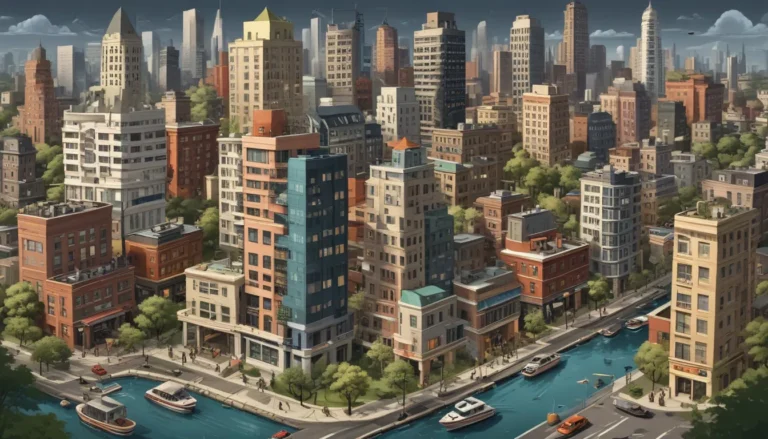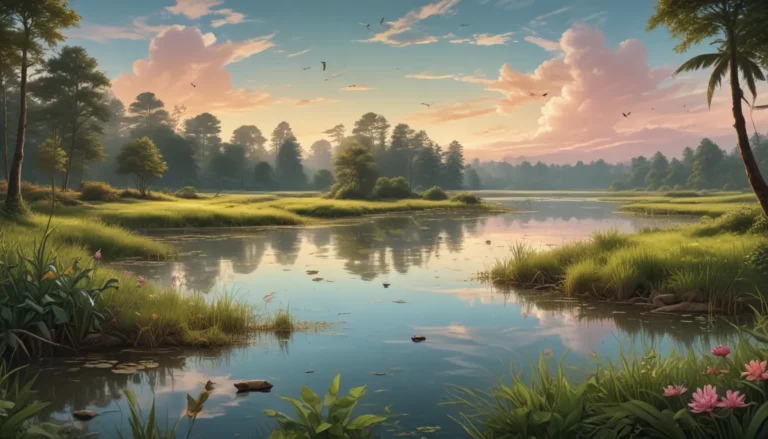A Note About Images: The images used in our articles are for illustration purposes only and may not exactly match the content. They are meant to engage readers, but the text should be relied upon for accurate information.
Wetlands are more than just marshy lands; they are intricate ecosystems that play a crucial role in maintaining the Earth’s biodiversity. These unique areas, where land and water converge, are teeming with a diverse array of plant and animal species, making them a haven for wildlife enthusiasts and nature lovers alike. In this article, we will delve into 20 astounding facts about wetlands, shedding light on their significance, their impact on the environment, and the wonders they hold. From their essential ecosystem services to their incredible adaptability, wetlands are an indispensable part of our planet’s delicate balance. So, get ready to be amazed as we unravel the mysteries of wetlands and uncover the hidden treasures within.
The Vital Role of Wetlands
- Wetlands are Essential Wildlife Habitats: Wetlands support a rich variety of plant and animal life, earning them the title of “biological supermarkets.” They are among the most productive ecosystems on Earth, nurturing a diverse range of species.
- Natural Filters: These ecosystems act as natural filters, purifying water by trapping sediments, nutrients, and pollutants. This crucial function helps maintain water quality and reduces the risk of waterborne diseases.
- Habitat for Biodiversity: Wetlands provide essential habitats for many species of birds, mammals, reptiles, and amphibians. They support incredible biodiversity, including endangered and migratory species.
- Buffer Against Natural Disasters: Wetlands serve as a buffer against floods and storms by absorbing excess water and providing flood control to surrounding areas. They act as a natural sponge, mitigating the impacts of natural disasters.
- Carbon Sinks: Wetlands store vast amounts of carbon dioxide, aiding in climate change mitigation by reducing greenhouse gas emissions in the atmosphere.
Incredible Traits of Wetlands
- Unique Plant Species: Wetlands are home to specialized plant species such as cattails, water lilies, and mangroves, adapted to thrive in waterlogged conditions.
- Economically Important Activities: These ecosystems support fishing, agriculture, tourism, and recreation, contributing to local economies and livelihoods.
- Water Cycle Regulation: Wetlands play a crucial role in regulating the water cycle, replenishing groundwater, and preventing droughts by regulating streamflow.
- Diverse Ecosystems: Wetlands come in various forms like marshes, swamps, bogs, and estuaries, each hosting a unique set of species and ecological functions.
- Erosion Control: The vegetation in wetlands stabilizes soil, prevents erosion, and safeguards coastlines from the erosion caused by waves and tidal forces.
- Improving Water Supply: Acting as natural reservoirs, wetlands retain water during excess periods and release it gradually during dry spells, ensuring a consistent water supply.
- Breeding Grounds for Fish: Wetlands serve as nurseries for various fish species, supporting fish populations and maintaining healthy aquatic ecosystems.
- Cultural and Historical Significance: Many indigenous cultures hold a deep connection to wetlands, considering them sacred and integral to their way of life.
- Recreational Spaces: Wetlands offer opportunities for activities like bird watching, boating, fishing, and nature photography, allowing people to connect with nature.
The Urgent Need for Conservation
- Environmental Concerns: Wetland loss due to human activities poses a significant threat to biodiversity and ecosystem services.
- Global Recognition: Internationally, wetlands are recognized for their significance through treaties like the Ramsar Convention.
- Threats from Pollution: Industrial pollution, agricultural runoff, and improper waste disposal endanger the health and integrity of wetland ecosystems.
- Value for Future Generations: Preserving and restoring wetlands is crucial for biodiversity conservation, climate change mitigation, and ensuring a sustainable future for all.
Appreciating the Beauty of Wetlands
Wetlands are truly remarkable ecosystems that offer a myriad of benefits to both nature and humanity. Whether you are a nature enthusiast or simply curious about the world around us, exploring the wonders of wetlands can be an enlightening experience. From their astounding biodiversity to their vital role in combatting climate change, wetlands remind us of the delicate balance of our natural environment. Next time you have the chance, take a moment to appreciate the beauty and significance of wetlands. These awe-inspiring habitats deserve our protection and admiration.
Frequently Asked Questions
- What is a wetland?
- A wetland is a transitional area between land and water characterized by waterlogged conditions for a significant part of the year, hosting various aquatic plants, animals, and microbes.
- What are the types of wetlands?
- Wetlands include marshes, swamps, bogs, and fens, each with distinct characteristics. Marshes have soft-stemmed vegetation, swamps are tree-dominated, bogs are acidic with sphagnum moss, and fens are alkaline and nutrient-rich.
- What are the benefits of wetlands?
- Wetlands provide water purification, flood control, erosion prevention, carbon sequestration, habitat provision, and serve as breeding grounds for diverse species.
- Why are wetlands important for biodiversity?
- They are highly productive ecosystems supporting a wide array of species by providing food, shelter, and nesting grounds for plants and animals.
- How do wetlands help mitigate climate change?
- Wetlands act as carbon sinks, absorbing and storing carbon dioxide, reducing greenhouse gas emissions, and preventing coastal erosion and storm damage.
- Are wetlands protected?
- Many countries have designated protected areas to conserve wetlands, with international organizations like the Ramsar Convention working towards their conservation.
- Can wetlands be restored?
- Yes, wetlands can be restored through conservation efforts like removing invasive species, restoring water flow, and reducing pollution to enhance biodiversity and ecosystem functioning.
- Are wetlands found worldwide?
- Wetlands are present in almost every country globally, adapting to diverse climatic and geographical conditions in coastal and inland regions.
- Can I visit wetlands?
- Many wetlands have visitor areas for exploration, encouraging appreciation of their beauty and ecological significance following guidelines to protect these delicate ecosystems.
- How can I contribute to wetland conservation?
- Contribute to wetland conservation by supporting local and global conservation organizations, participating in restoration projects, and raising awareness about wetland importance in your community.
Wetlands captivate us with their astonishing diversity and essential ecosystem services. These complex habitats deserve our attention and preservation. By understanding the significance and unique characteristics of wetlands, we can advocate for their conservation and ensure a sustainable future for generations to come. Explore the wonders of wetlands, embrace their beauty, and join in the efforts to protect these invaluable ecosystems.
